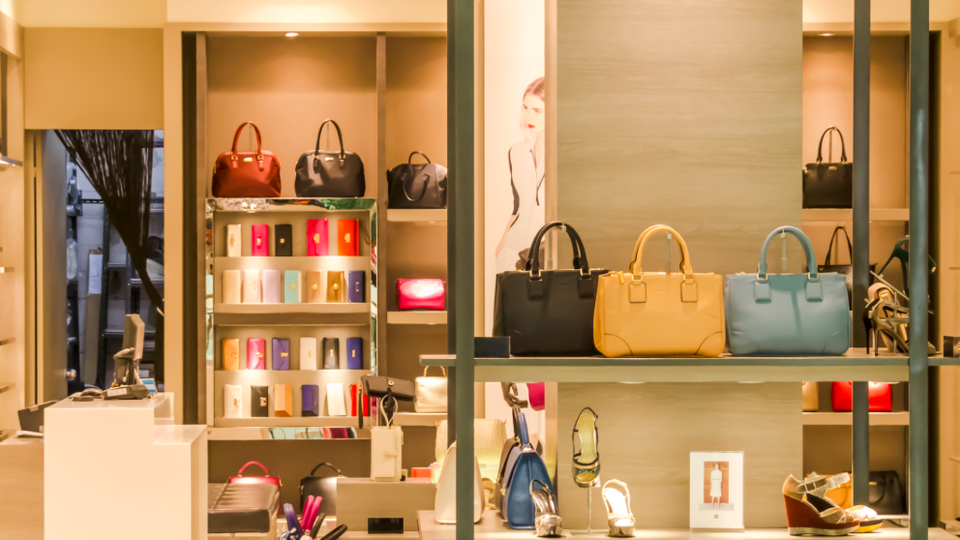ParcelLab Head of UK Clients Conor McGrath explains why the shipping process holds the key to maximising engagement with seasonal customers, and how to inspire them to come back for more.

ParcelLab Head of UK Clients Conor McGrath explains why the shipping process holds the key to maximising engagement with seasonal customers, and how to inspire them to come back for more.
With the distraction of Black Friday out of the way, jewellery retailers and brands can breathe a sigh of relief and focus on their true peak period, Christmas through the January sales, culminating in February’s Valentine’s Day. Why? Because Black Friday is more about consumers getting themselves great deals, whereas in the run up to the festive season and Valentine’s Day, the sentiment has shifted to one of giving – and few goods make better gifts than jewellery.
Building Loyal Customers
Smart jewellery outlets will use the Christmas spike in purchases and new customers to drive sales and increase loyalty in January, February and beyond. The key is to build a dialogue with Christmas shoppers and add value to their jewellery shopping experience to inspire them to re-purchase.
For example, everyone who buys a gift during the festive rush – with the last Saturday before Christmas Day being the busiest of the year for retailers, according to recent research by Sensormatic Solutions – can be offered a discount on a second Christmas gift. Or they can use the same discount voucher to get a great deal during January sales, either for themselves or in the name of love for Valentine’s Day.
To add inspiration to this incentive, you can suggest items they might want to purchase, offering alternatives whether they are buying for themselves or someone else. To add an extra personal touch, the style of their purchase, in addition to their budget, should be taken into account when suggesting products they may want to buy.
Successful Methods to Hold Onto Holiday Shoppers
So far, so good. But how can you best engage your customers with this information? Sending it via an email once they have made their purchase is an option, but unfortunately these kind of emails have low click-through rates of around 2 percent, so engagement levels are likely to be poor. Plus you’ll need to get their permission to do so. However, emails that confirm a customer’s purchase and then keep them informed of the progress of their order enjoy a 60 percent opening and 40 percent click-through rate, because they contain valuable information, with their importance increasing in direct proportion to the cost of the purchase. This is heightened by the fact that an item of jewellery is usually among one of the highest value items anyone buys. These service-style emails are also GDPR friendly.
To personalise product shipping emails in this way, it’s necessary for jewellery retailers and brands to control post-purchase communication. The problem is that most retailers hand this over to their logistics provider. The recent UK E-commerce Shipping Study 2020 Fashion Edition found that 93 out of the leading 100 UK fashion retailers, most of which sell jewellery, left their delivery companies to communicate directly with their customers once they’d checked out, with 99 percent failing to provide a personalised post-purchase experience.
Post-Purchase Benefits
The good news is that smart retailers that take control of their post-purchase communications will not only be opening up a new marketing channel that will enable them to engage more deeply with customers to inspire repeat purchase, but will also gain an edge over their rivals that continue to opt out of dealing with shoppers directly.
Personalising the shipping process in this way also enables retailers and brands to ensure their post-purchase emails reflect their vision and values both visually and through the tone of voice used, strengthening their brand. It also enables them to provide a more attentive and responsive shipping service, improving the buying experience– both of which will help to increase customer loyalty.
The sooner jewellery retailers and brands control the entire customer journey, rather than just up until the checkout, the quicker they’ll be able to maximise the value of their peak shopping periods by driving customer retention and repeat sales.
Photo image credit: Pexels.










